Have you ever heard that gun enthusiast friend of yours refer to the NFA or call a gun NFA? Well, if you have and you don’t know what the NFA is, I’ve got you covered, so stick with me.
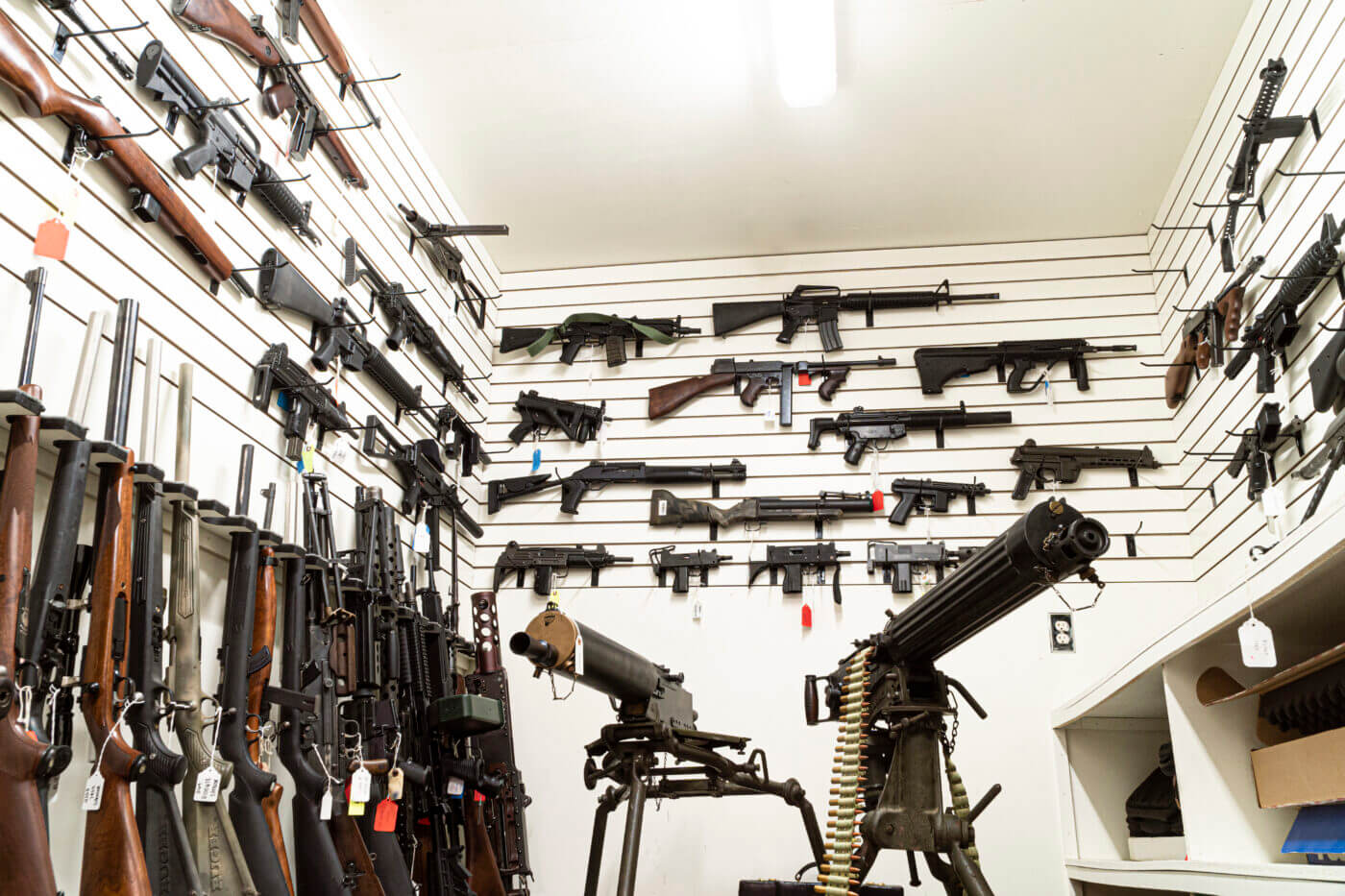
When you go down to the gun store. I’m willing to bet almost every one of the guns you see behind the counter is a “Title 1” firearm. Title 1 is the most common class of firearm; these include rifles with barrels 16” or longer, and shotguns with barrels 18” or longer.
If a rifle or shotgun is shorter than these measurements, then it is considered a Short Barrelled Rifle (SBR) or a Short Barreled Shotgun (SBS) and is then labeled a “Title 2” gun, more commonly known as “Class 3”. However, Title 2 is the correct terminology so that’s what I will be calling it in this article.
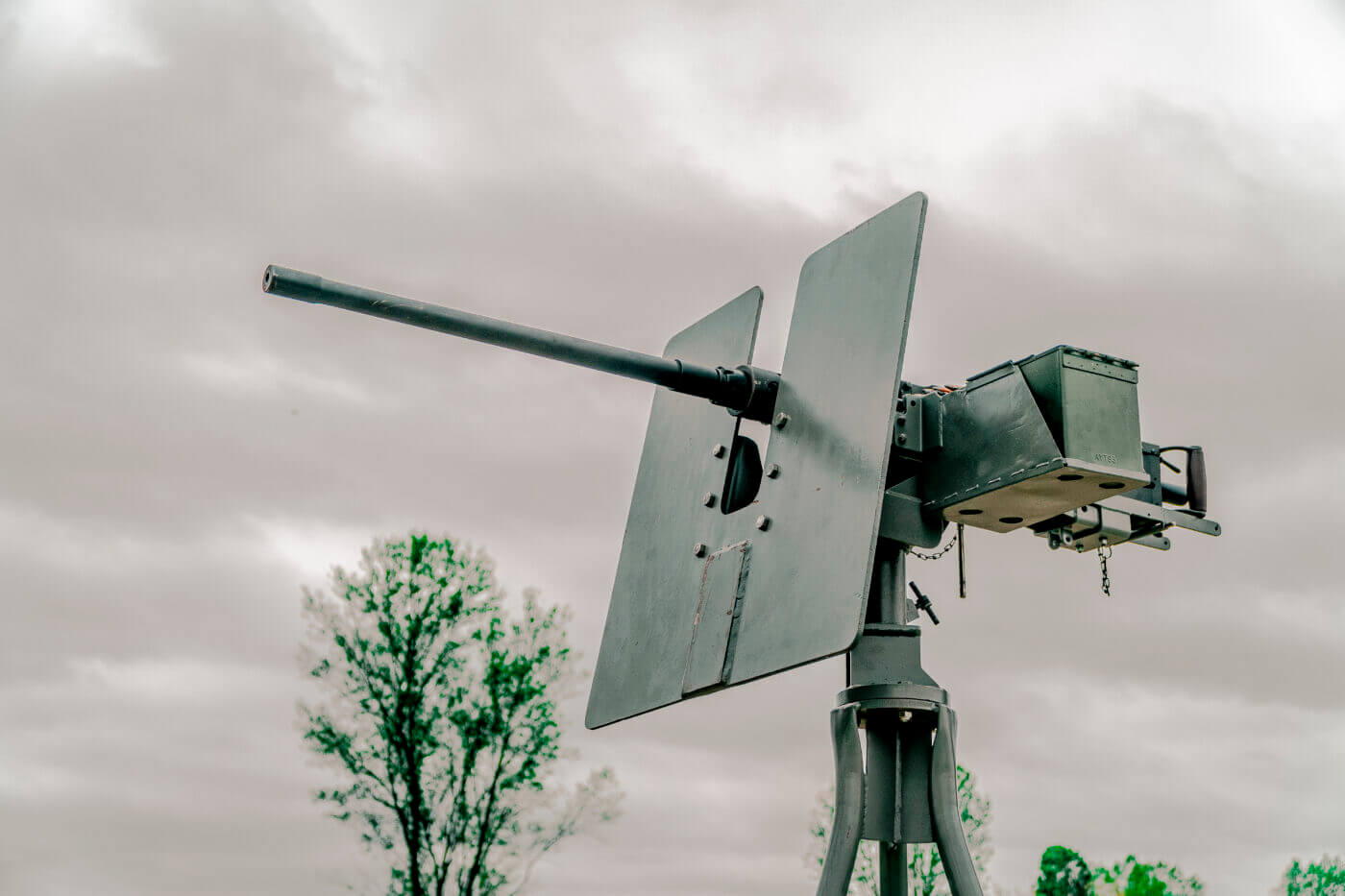
Here is the actual definition from ATF that determines if something is an SBR or an SBS:
- A shotgun having a barrel or barrels of less than 18 inches in length
- A weapon made from a shotgun if such weapon as modified has an overall length of less than 26 inches or a barrel or barrels of less than 18 inches in length
- A rifle having a barrel or barrels of less than 16 inches in length
- A weapon made from a rifle if such weapon as modified has an overall length of less than 26 inches or a barrel or barrels of less than 16 inches in length
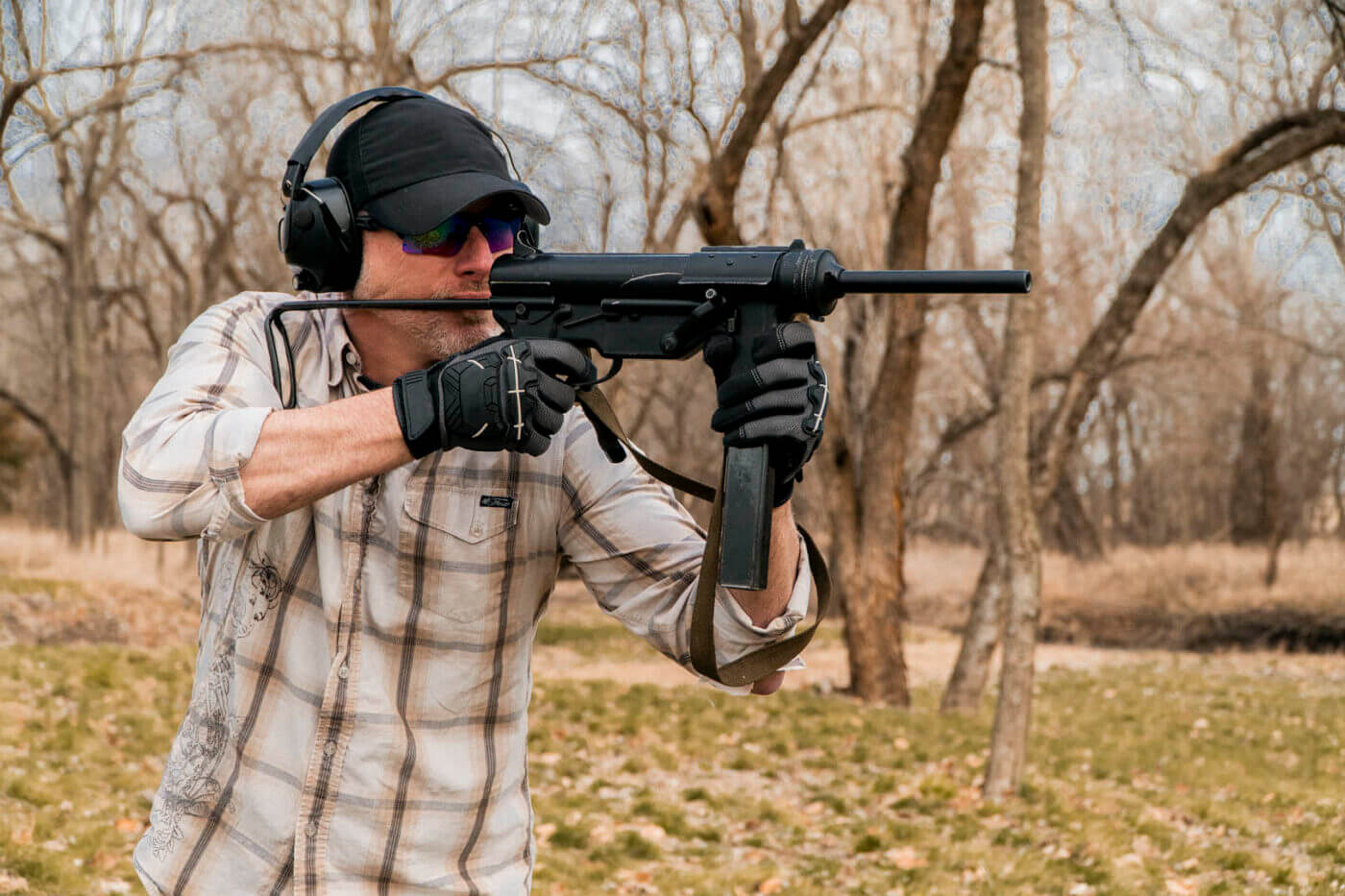
What Can I Own?
Common Title 1 guns are ones that are semi-automatic, bolt-action, lever-action, pump-action, and break or hinge actions. Fully automatic actions, which we all just call “machine guns,” are specifically Title 2 firearms. An automatic firearm is defined by ATF in a couple of ways:
- Any weapon which shoots, is designed to shoot, or can be readily restored to shoot, automatically more than one shot without manual reloading, by a single function of the trigger
- The frame or receiver of any such weapon
- Any part designed and intended solely and exclusively or combination of parts designed and intended for use in converting a weapon into a machine gun, or
- Any combination of parts from which a machine gun can be assembled if such parts are in the possession or under the control of a person.
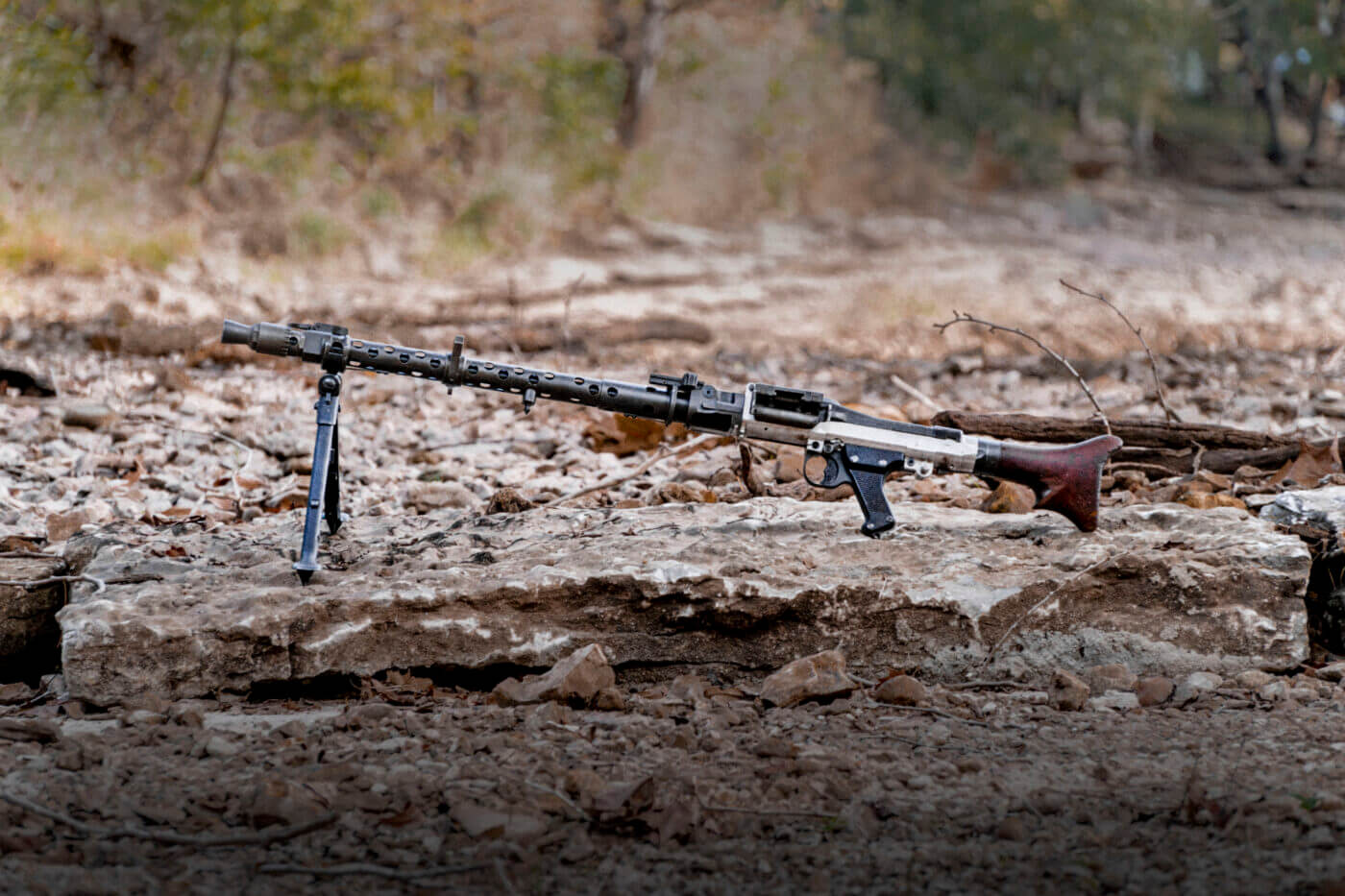
These last ones can be confusing. Basically, back in the day a receiver, frame or even sear could be registered as a machine gun. So, there are literally stripped lowers out there that are classified as machine guns by ATF because they were registered that way. We will get into the registry in just a bit.
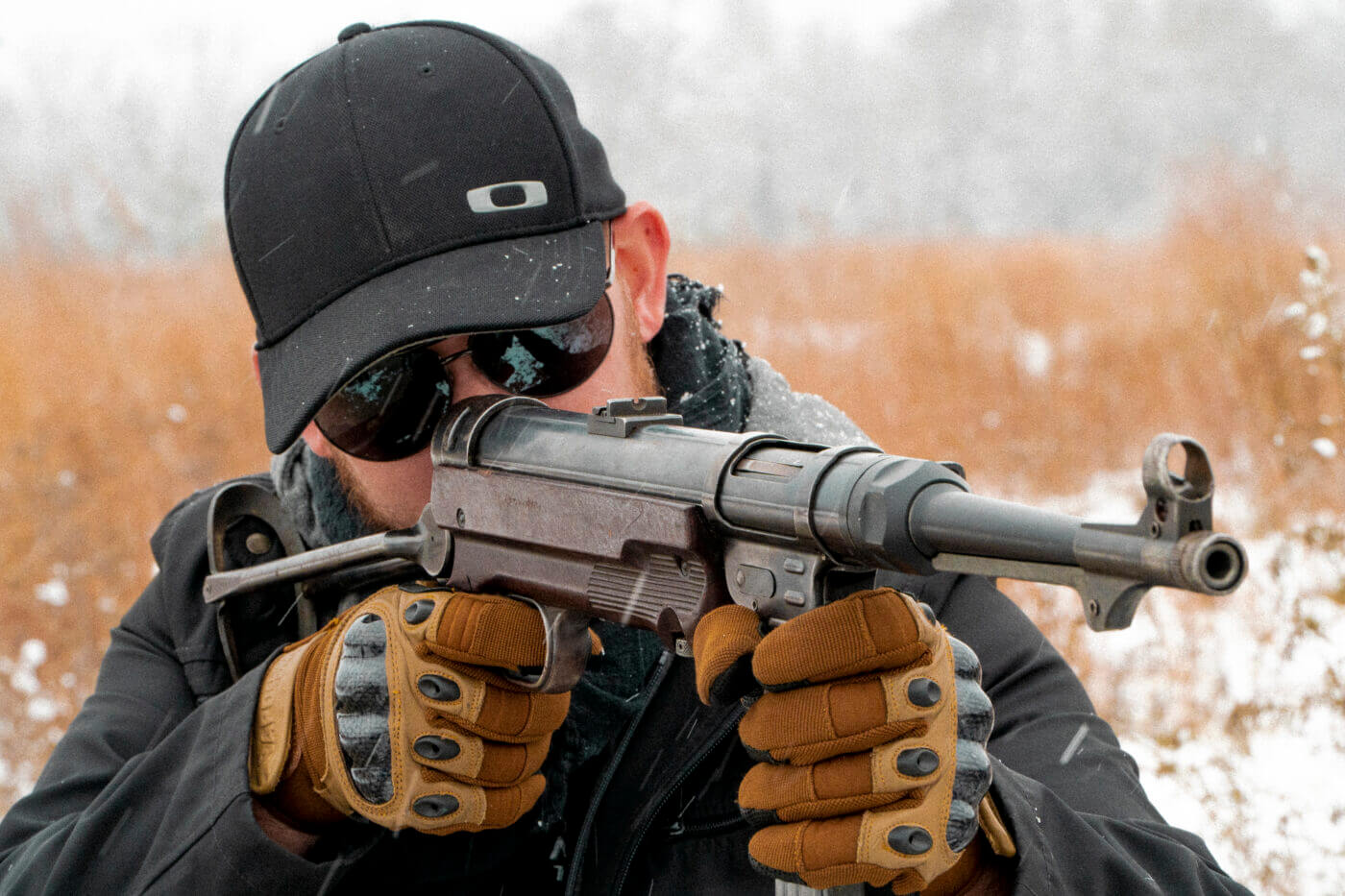
So, in summary, if the gun has a shorter barrel length than specified by ATF or if it is a fully automatic weapon, then it is a Title 2 firearm. Title 1 firearms can commonly be bought in one day by visiting a local gun store. If you are at least 21 and qualify to buy a Title 1 gun, then you can also buy a Title 2 gun (depending upon your local laws). This just requires some more paperwork, a longer waiting period, and a special tax for the transfer from ATF.
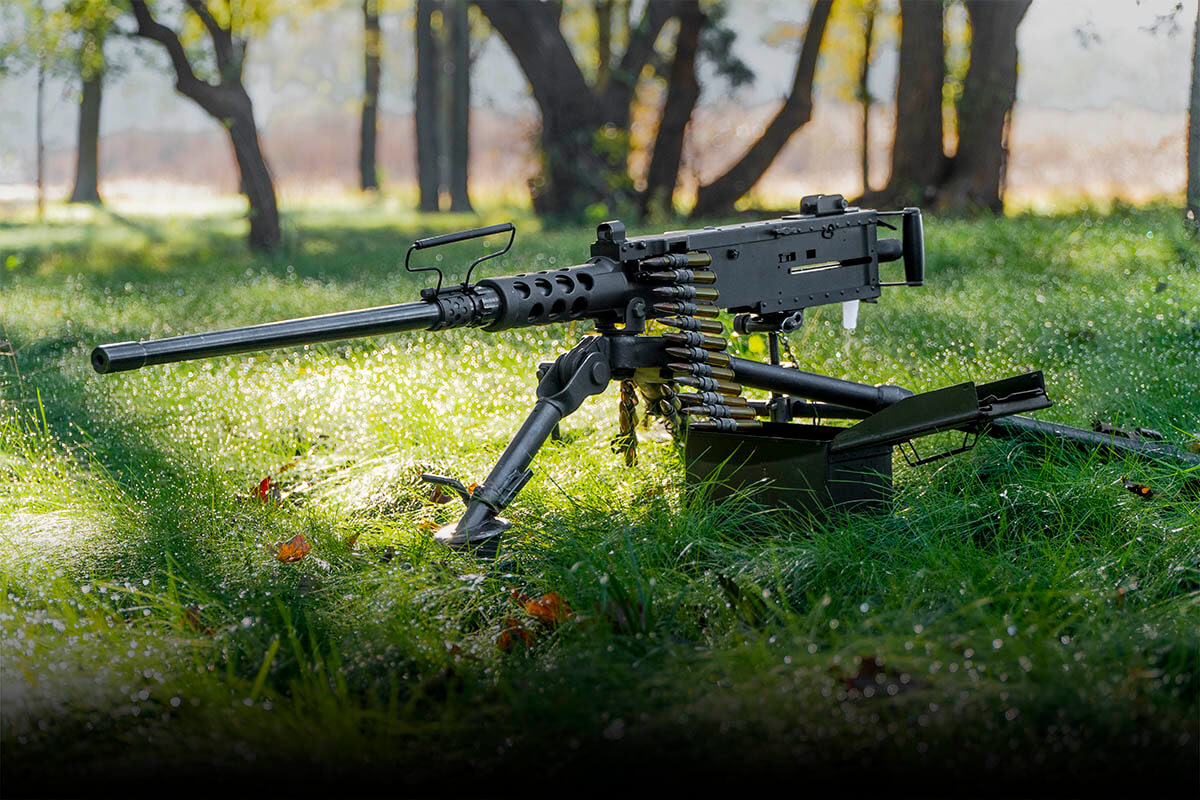
WTH is NFA?
These Title 2 guns are known in the gun world as NFA. NFA stands for the National Firearms Act which we will get into more of that in a moment. Gun laws shaped the machine gun world, so to explain the NFA I’m going to go over the three types of machine guns: Pre-Samples, Post-Samples, and Transferable machine guns. So, let’s start with some U.S. history to understand why these three categories exist.
Machine guns were regulated much like any other gun until 1934. In fact, you could actually buy a machine gun from a mail-order catalog or walk in and buy one at a hardware store. The NFA of 1934 did not ban machine guns, but did put a hefty tax on them. The $200 tax price is still the same today, but back in 1934 that payment was oftentimes significantly more than the gun itself. The next significant piece of legislation passed was in 1968, which stated that imported firearms that had no “sporting purpose” were not able to be sold to civilians. Machine guns as a whole were determined to have no “sporting purpose,” so machine guns imported after 1968 are not able to be owned by civilians.
The last piece of legislation was passed in 1986 and stated that no new machine guns were allowed to be registered. The government defined “new” as anything after May 19, 1986. So, for machine guns to be transferable they had to be registered before the cut-off date of May 19, 1986, and not imported after 1968. These regulations are where we get the three categories for machine guns.
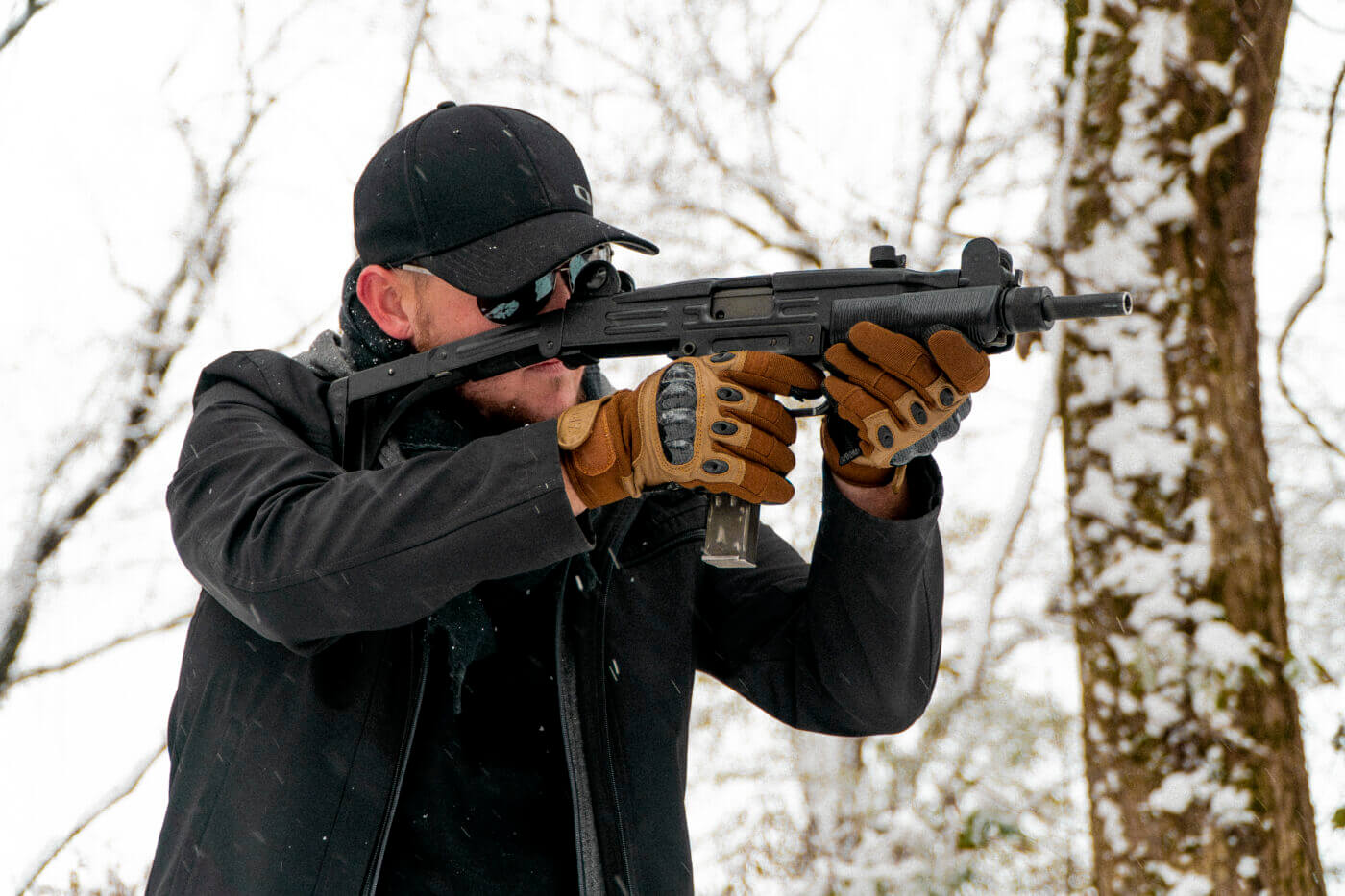
A Trifecta
Pre-Sample guns are guns that were imported into the U.S. after 1968 but before May 19, 1986. The only people who can own these imported guns are dealers, manufacturers, military and police agencies. The approved form on Pre Samples will be clearly stamped “Limited to use as a Sales Sample.”
The next category is Post-Sample Machine guns, which are guns manufactured or imported after May 19, 1986. These guns can only be purchased by special dealers, manufacturers, military and police agencies. But for a dealer to make the purchase they must have a Law Letter from law enforcement. Post Sample guns are clearly marked with a stamp that says “Restricted” on the approved ATF form 3.
The last category is Transferable machine guns, and these are the ones average citizens can own. These guns are guns that were not imported after 1968 and registered with the federal government before May 19, 1986. Anyone who is 21 years of age and can legally purchase a Title 1 gun can own a transferable machine gun (again, depending upon their local laws).
Since the government shut down the sale of new machine guns to civilians, there is a fixed amount of only 180,000 transferable machine guns. This makes these guns incredibly valuable — they are practically as good as gold. For example, a transferable Springfield Armory M14 would sell for $15,000 to $18,000 dollars. The most I have seen a machine gun sell for was $360,000 dollars. The lowest I have seen them sell for is $4,000 to $5,000.
Conclusion
That is a brief overview of the NFA. For any more questions about the NFA or the steps you need to take to buy a machine gun, you can contact www.GunSpot.com. We are machine gun experts and can help you find the machine gun of your dreams!
Editor’s Note: Please be sure to check out The Armory Life Forum, where you can comment about our daily articles, as well as just talk guns and gear. Click the “Go To Forum Thread” link below to jump in!
Join the Discussion
Continue Reading
Did you enjoy this video?

 113
113






